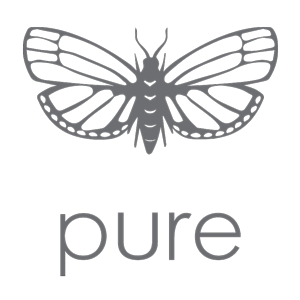Vivienne Dixon
I grew up in the north of England surrounded by the sea alongside fields with dairy cows and clumps of wild flowers on one side with a shipyard, car plant and an oil refinery on the other.
It has influenced the materials that I use particularly when making 3D work where I use a lot metal combined with wood and glass.
My earliest memory of art was the first Christmas that I went to school. We were all given a piece of mirror, sugar cubes, egg shells and glitter. All forbidden materials now. We made igloos to put on the glass which felt very exciting.
Rachel Whiteread’s Retrospective exhibition at Tate Britain has without doubt had a major influence on my work. I didn’t want to go because I don’t like concrete which she has used rather a lot.
As I walked in and saw her drawings/collages I realised that I made things like this which encouraged me to continue looking. I could admire the skill involved in making her concrete house and other objects but I was not converted to use grey concrete that I find depressing.
At the time I had enrolled on a fine art degree at City and Guilds in London where I was soon encouraged to try out sculpture because they said that I thought 3 dimensionally, probably because my initial training had been three years at ballet school followed by teaching and running my own school.
Casting is the technique that Whiteread is known for. More than half my MA exhibition included casting in bronze, glass or Jesmonite.
Looking at my exhibition I realised that casting and printmaking are integral to my practice.
I am motivated by landscapes that I haven’t seen before particularly if they are a bit rundown and dilapidated. I look at the overall view, a small detail that attracts my attention, often a rundown dilapidated building or crumbling rocks may become my next piece of work. I take photos and make drawings that gradually become abstracted and enlarged, this is when I start to make prints and moulds for casting.
Seascapes are always at the front of my concepts, however living on the edge of small areas of woodland does mean that trees and flowers are not forgotten.
Pure founder Lesley Samms interviews artist Vivienne Dixon as part of Pure ART360 edition 4. December 2022

